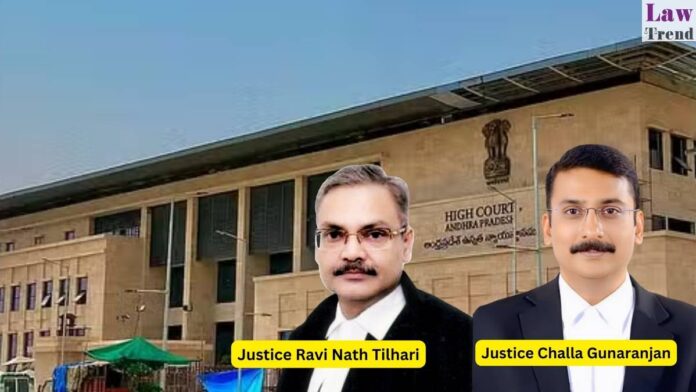In a significant interpretation of the Employees’ State Insurance Act, 1948 (ESI Act), the Andhra Pradesh High Court has ruled that establishments employing fewer than 10 workers do not fall within the ambit of the ESI Act, unless already covered. The court clarified that Section 1(6) of the Act cannot be used to newly rope
To Read More Please Subscribe to VIP Membership for Unlimited Access to All the Articles, Download Available Copies of Judgments/Order, Acess to Central/State Bare Acts, Advertisement Free Content, Access to More than 4000 Legal Drafts( Readymade Editable Formats of Suits, Petitions, Writs, Legal Notices, Divorce Petitions, 138 Notices, Bail Applications etc.) in Hindi and English.







